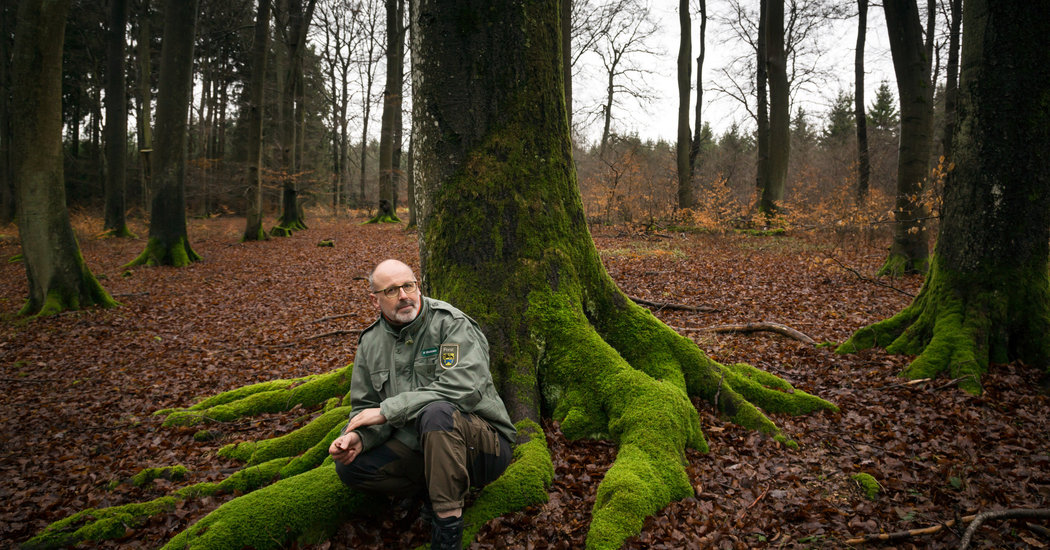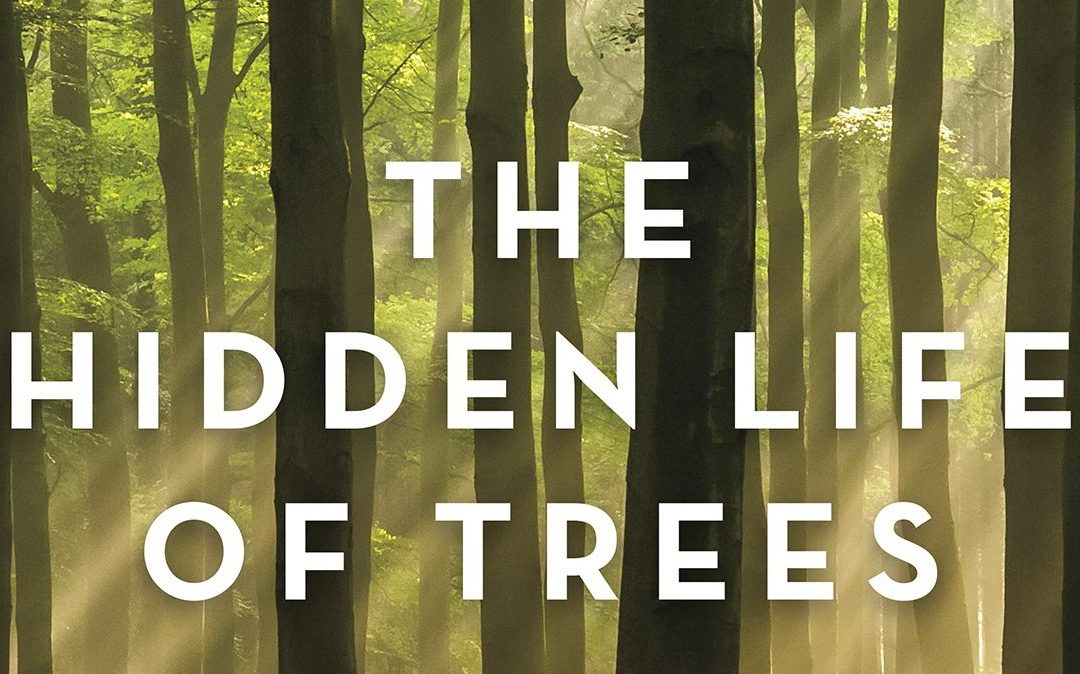Amazingly, this book is an international bestseller. For me and others who have worked with UK woodlands for decades, it has felt like a benign backwater of our society, but may its time has come. The sign that this could be true is the superb recent BBC TV documentary, Judy Dench: My Passion for Trees, which covers quite a lot of the same ground as this book.
Peter Wohlleben really knows his stuff: he has many years’ experience as the forester for a community-owned ancient beech forest in Germany. What gives the book such power is the combination of his deep love and knowledge for trees with a lot of convincing research showing that many ideas we might have thought were just folklore are really true.
For example, it’s clear that trees have some degree of intelligence, such as a basic ability to respond to a threat and communicate about it. This is often done by emitting a scent. He explains that trees can distinguish between different types of insect attack, and will release pheromones which summon specific predators that will attack the particular insect involved.
The extent to which a forest is truly a community of trees is also pretty striking. He explains that trees have far greater resilience collectively, for example, to storms and high winds, and trees help each other, even across species. He quotes research showing that in a beech forest, the trees synchronise their level of photosynthesis to an even level. You would expect there to be significant differences given soil condition, exposure and more, but the trees actually slow down their growth in order to keep photosynthesis at an even weight.
However, he emphasises that many of the subtle qualities of communication and community in a forest only apply to well-established and carefully managed woodlands where there is no fundamental disturbance, and certainly would not apply to a recent commercial plantation. At Hazel Hill Wood, which is an ancient woodland with quite a lot of recent planting, this has really made us think about minimising disturbance through less use of mechanised equipment.

The book will give you a vivid picture of the dynamic ways that trees are involved with their ecosystem. Subtle forms of competition between tree species are well described, as is the interplay between trees, insects, fungi, mosses and more. The range of roles that a tree plays in the ecosystem is remarkable: for example, mature trees filter out more than 200lbs of dust each year. They play a crucial role in the water cycle: “for every square yard of forest, 27 square yards of leaves and needles blanket the crowns…each summer, trees use up to 8,000 cubic yards of water per square mile, which they release into the air through transpiration. This water vapour creates new clouds that travel further inland to release their rain.”
Whilst climate change is clearly affecting forests significantly, Peter points out that they have various ways of adaptation. Perhaps the slowest is actually migrating as the temperature rises: he says that beeches are moving north in Europe at a quarter of a mile per year. However, he also points out that when seeds are ripening in the flower, they adapt to the weather conditions they experience, and can improve their tolerance for warm weather. And he points out that “mature trees can adapt as well. If spruce survive a very dry period with little water, in the future they are markedly more economical with moisture and they don’t suck it all up out of the ground right at the beginning of summer.”
The book is full of this kind of fascinating information, well recounted and soundly evidenced. My only complaint is that Peter often attributes human-style motives and feelings to trees, which pushes his case a bit far.

